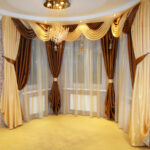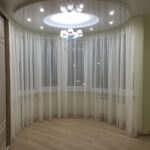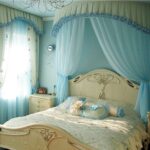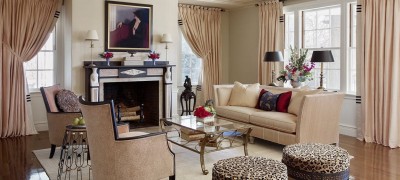Description
The design of window openings allows you not only to give the room a finished look, but also to make it more comfortable and cozy. And flexible curtain rods will be of invaluable service, since they have much more possibilities than ordinary ones.
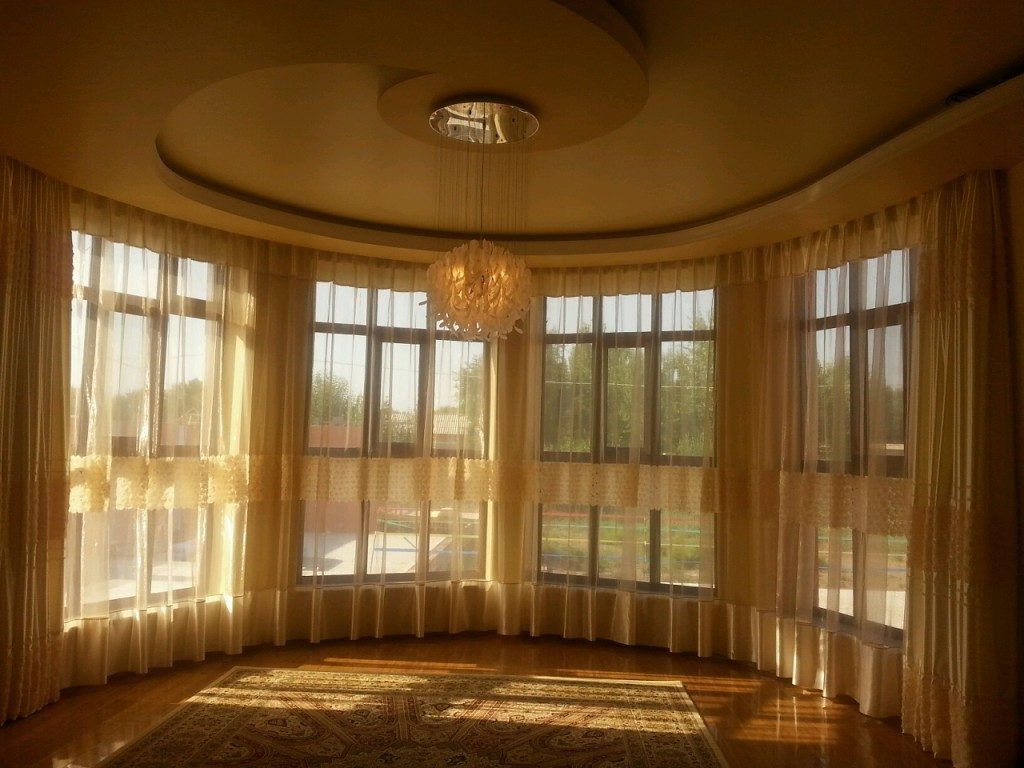
What is flexible curtain rod? What is it made of? And how to choose the right option for different window openings?
Design features
So, what is this wonderful cornice that can turn any interior into a masterpiece of design art?

It is a flexible tape with a length of 6 meters. Across such a cornice, you can cut into any lengths, this will not affect its design features, technical characteristics and appearance.

By purchasing a flexible cornice, you get a set of the following elements:
- Profile;
- Calipers to help fix the structure in the position you need;
- Plugs that are attached to the sides of the cornice;
- Bracket, thanks to which the distance between the cornice and the wall is adjusted;
- Curtain hooks. They have a two-row arrangement: those that are lower are for tulle, and those that are higher are for curtains.

Some models are additionally equipped with an extension to extend the structure to the desired length.
Advantages
Indeed, there are plenty of "pluses" for flexible cornices.
- Presentable appearance;
- Affordable cost;
- Easy to install;
- Compact dimensions;
- Ease of sliding of canvases;
- Long service life;
- Variety of areas of application.

Speaking about the last point, it is worth noting that with the help of flexible cornices, they not only decorate window openings, but also create spectacular canopies for bedrooms and zone the space.

The design can take any shape you want. Well, if you decide to use the cornice to form a stylish window opening, you can rest assured that this is the best choice: a more functional system has not yet been invented.

The only caveat: do not use flexible cornices to decorate small rooms and small window openings. In such circumstances, the design looks pretentious and inappropriate.
Most often, flexible cornices are used to decorate bay window openings. The result is practical and beautiful. Regardless of the style in which the room is decorated, flexible cornices can easily withstand both classic and baroque multi-layer curtain designs, and laconic options in a minimalist style.

You can also simply and effectively decorate corner rooms in which the windows are located on adjacent walls.A common cornice and two canvases are often used.
Materials (edit)
The curtain rods are made of aluminum, polyurethane and PVC. Each material has its own characteristics, and before purchasing a design, it is worthwhile to get acquainted with the strengths and weaknesses of each option.

Aluminum
The main feature of metal curtain rods is their high strength. Thanks to her, aluminum curtain rods easily withstand voluminous curtains made of velvet, tapestry, brocade and corduroy. The surface of these profiles does not absorb dirt, which means there is no risk of mold or bacteria growth. You can clean the structure without using chemicals, just with a damp cloth.

Resistance to mechanical and physical stress ensures a long service life and a presentable appearance throughout the entire service life.
The moisture resistance of aluminum curtain rods allows them to be used on balconies and loggias.
Modern metal structures can consist of two, three, or even four rows.
Plastic
The main advantage of the PVC profile is that it is available in different colors, which means that you are guaranteed to find a design that matches your interior. In addition, it is possible to attach decorative elements to the cornice: beads, artificial flowers, ribbons or thermoapplications.

Plastic curtain rods are valued for moisture resistance, thermal stability, unpretentious maintenance and chemical inertness.

When deciding to purchase a plastic cornice, keep in mind that the design can only be one- or two-row. And too heavy curtains may be too tough for him.
The procedure for attaching the eaves
The algorithm of actions is quite simple:
- Marks are made on the ceiling (or wall) for fastening the structure;
- For holders, holes are drilled at a distance of at least 50 cm;
- The calipers are fixed with self-tapping screws;
- Runners are put on the structure;
- The cornice is snapped onto the brackets, after cutting off the excess length;
- Caps are attached to the ends of the profile;
- Tulle and curtains are attached with hooks.

Note that the structure should be mounted only on a rough ceiling, because stretch models and plasterboard ceilings simply cannot withstand additional weight. If you plan to hang only tulle or a light curtain on a flexible cornice, then the structure can be attached to the ceiling with glue.

Quality cornices can be bent at any angle. In order to make the next bend, the profile is heated with an electric hairdryer and gently given the desired direction.
Varieties of flexible cornices
The cornices are divided depending on the attachment point:
- Ceiling;
- Wall mounted.
Ceiling is recommended for small rooms with low ceilings. A translucent or transparent tulle attached to such a cornice will visually make the room more spacious and comfortable.

In addition, thanks to the ceiling cornices, it is possible to hide defects in window openings and even poor-quality installation of double-glazed windows. This model is also in demand for creating canopies over a berth, as well as for installing a screen.

Wall cornices are more suitable for windows with a semicircular vault or for decorating arches. The profile is installed on holders attached to the wall. In terms of shape, cornices are divided into straight and angular. Straight lines are truly universal, and are suitable for mounting on any window. Corner structures are attached over bay windows and dormers, and are also used for zoning rooms.
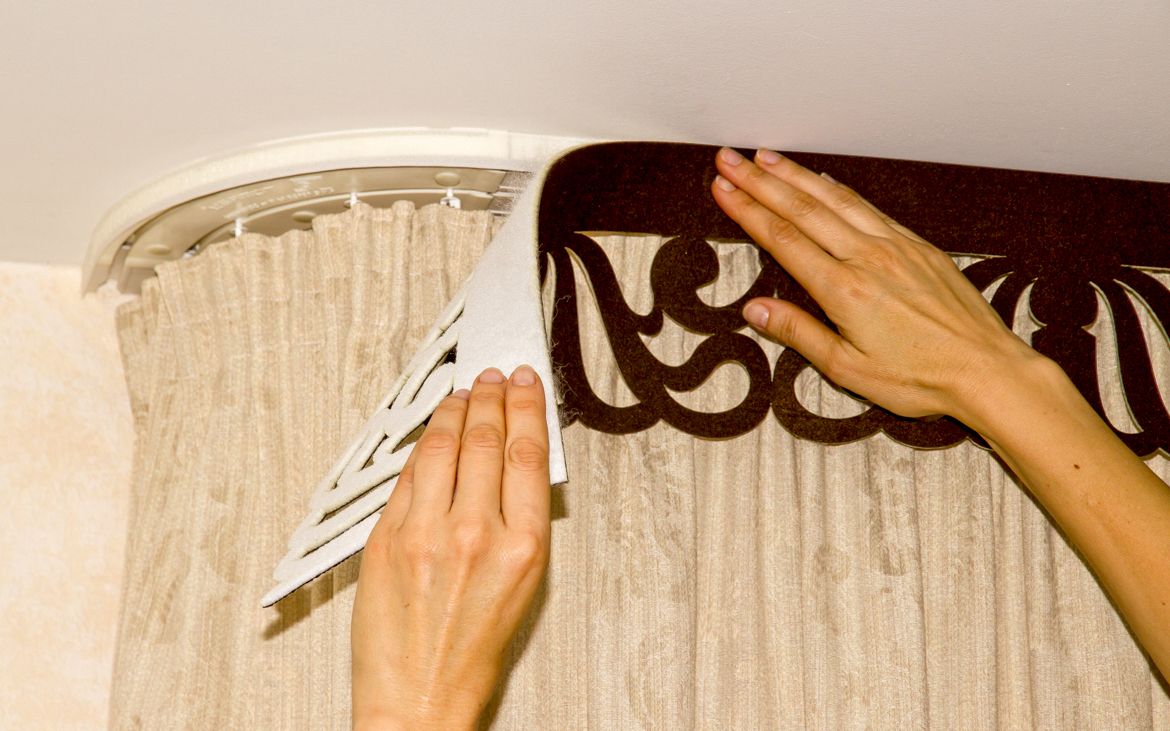
And although the flexible cornice in itself brings a certain zest to the interior, there is an opportunity to enhance the effect. For example, the profile is often supplemented with LED backlighting to create contour lighting around the perimeter.
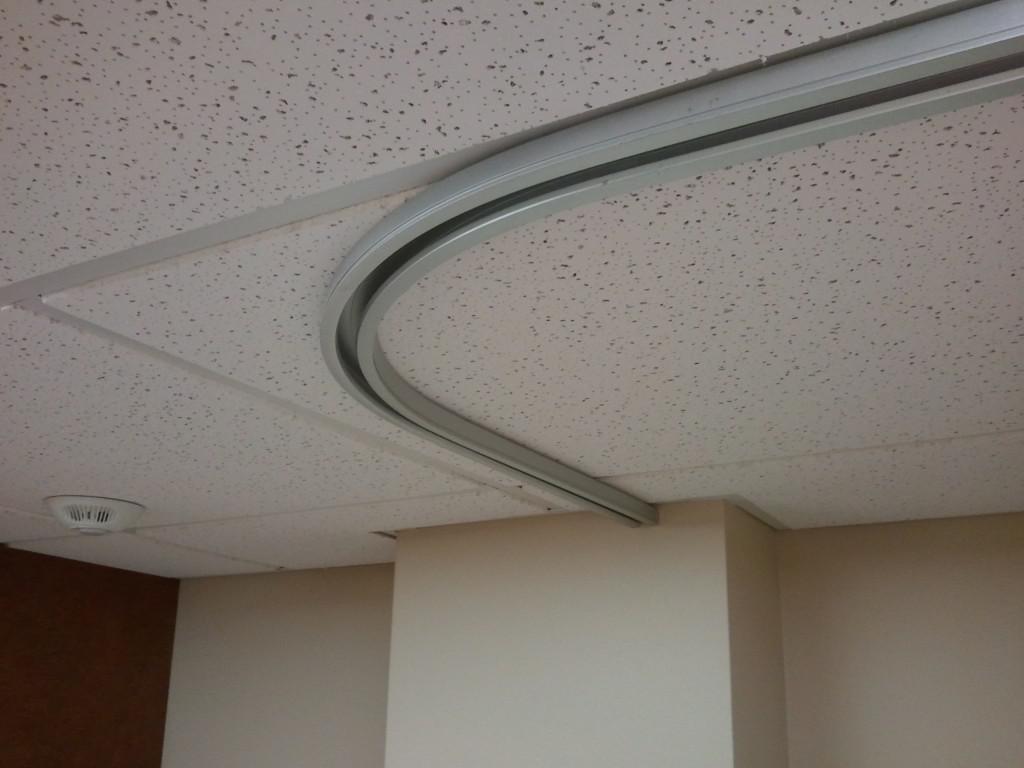
Also, in addition to zoning and canopy installation, flexible cornices are used to install curtains in the bathroom. Moreover, it is possible to repeat the contours of the bathroom. Today, not conservative oblong containers are often installed, but round-shaped baths or in the form of a sector.

The cornice is able to exactly repeat these outlines. It is also indispensable for the design of non-standard windows and doors on loggias and balconies. Flexible cornice is also in demand for the design of doorways with an arch. It becomes possible to install any curtains or decor.
Flexible cornices are indispensable for creating modern interiors. Especially if you have mansard rooms, bay windows or arched doorways at your disposal. Now you can arrange them the way you want. In other words, for a reasonable price you get a functional interior that is unique in its kind.
Video: installing flexible curtain rods





